What's the best way to traverse the East Coast Greenway through Savannah? Carefully
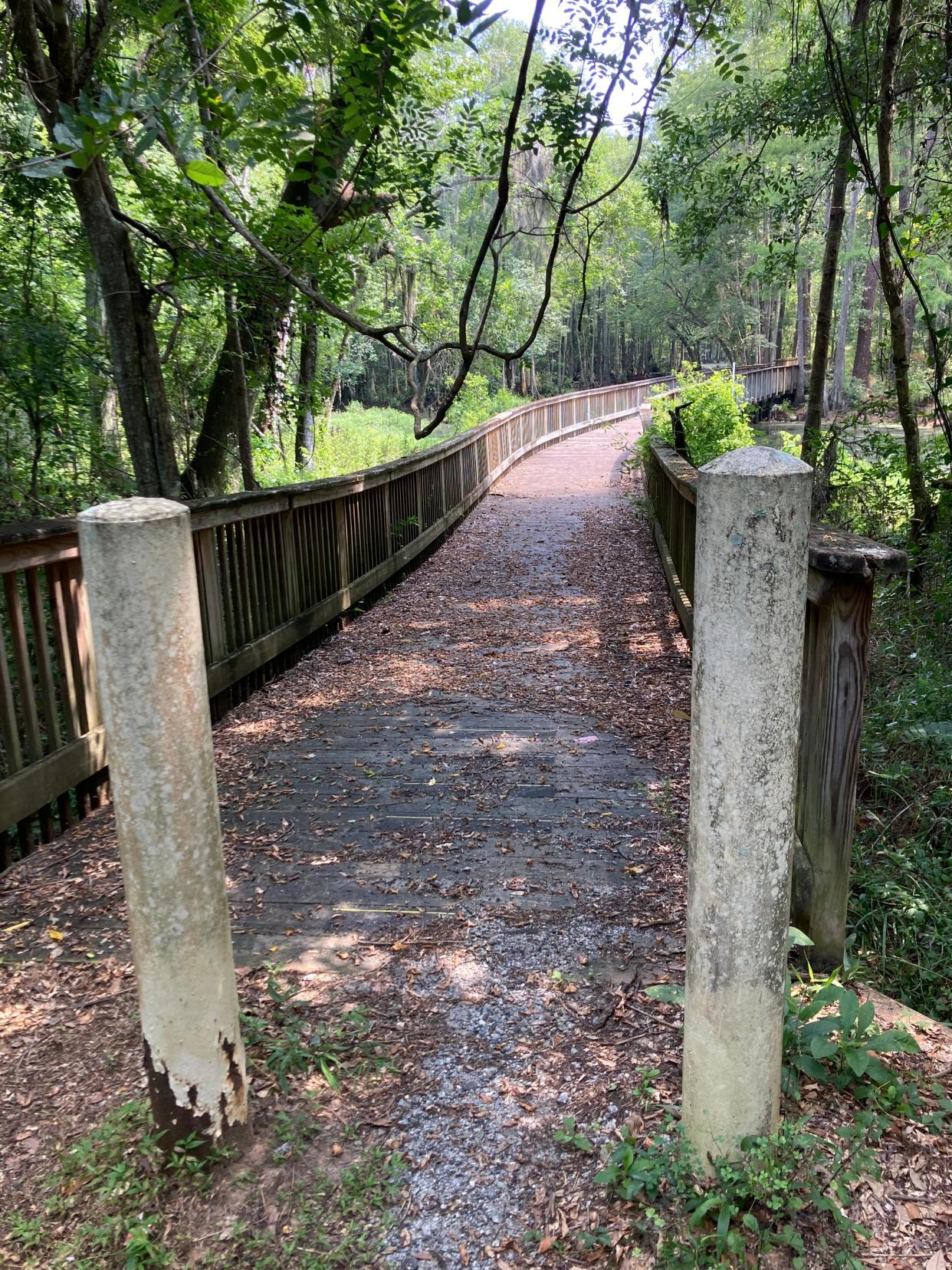
Not necessarily known for expansive networks of bicycling routes, Savannah does offer ways of getting through town as both commuter and recreational rider. Designated lanes on Price, Lincoln and Barnard streets help move cyclists north and south in the historic district, while routes on Oglethorpe, Liberty and Washington get riders east to west.
Habersham Street south of Victory Drive has a lane marked for bikes, and recently completed — and now significantly funded with a $10 million boost from the city’s newly increased hotel-motel tax — the Truman Linear Trail launches the city’s much larger Tide to Town plan of nearly 30 miles of protected trails encircling the city and connecting the southside to downtown.
The Hostess City isn’t Seattle or Amsterdam, but our rapidly growing urban cultural center along with local partners are focused on creating more infrastructure and safety projects supportive of walking and biking within the community.
But what if you want to venture beyond Savannah and ride the roads of Chatham County, maybe even ride a day trip to Richmond Hill and visit Fort McAllister State Park? You can. It’s absolutely possible, though not for the faint of heart.
Nationally advocating for bike riders and pedestrians is East Coast Greenway. What started in 1991 among a group of students in New York City grew into both an advocacy organization and a long-distance bicycle and pedestrian path connecting Florida to Maine. Not affiliated with the city of Savannah, the East Coast Greenway runs 3,000-miles through 450 major cities and towns within 15 states. More than 140 miles of the corridor slink through Georgia’s coastal counties. And roughly 30 miles of it roll through downtown Savannah and Chatham County.
Justin Bristol, safety education programs manager at Georgia Bikes, hooked me up with a map of Savannah’s designated cycling paths plus more information about the multi-state biking corridor.
“Not all of the Greenway route has designated bike lanes,” emphasized Bristol. “Especially the sections that run outside of Savannah. These sections aren’t part of the city’s trails, but there are signs along most of the route indicating you’re on the East Coast Greenway. If you want to check out the path beyond city limits, you can load your bike and find a place to park your car off of Highway 17 then explore parts of the trail that way.”
Back in the Saddle Seat: More than a year after bike accident, Savannah artist-bassist Maggie Evans pedals forth
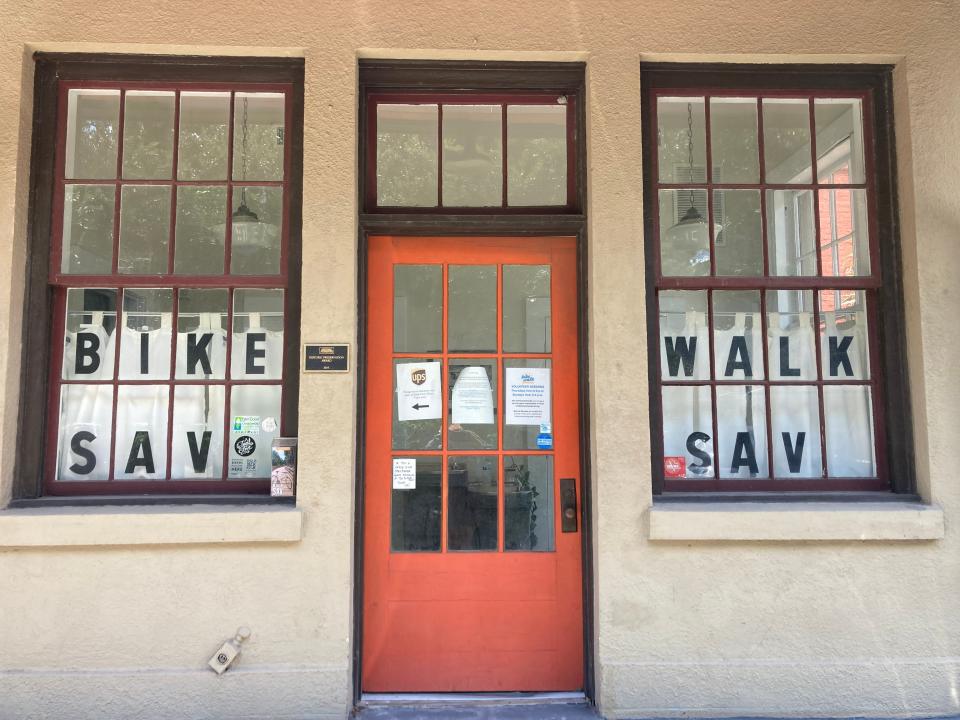
Attempting to pedal the East Coast Greenway through Savannah on a Thursday
After pulling up the ECG map online and double checking the route, I decided to start from the historic district and park my car near Bike Walk Savannah — the Hostess City’s own biking and walking advocacy group — at the corner of Henry and Lincoln streets and head south-bound on Price Street.
At 8 a.m. on a bright, hot and increasingly humid Thursday morning in July, I set out to explore the East Coast Greenway in Savannah and Chatham County.
Rolling down Price to Victory Drive was sweet and easy mostly because of the street’s wide, green bike lane and reduced traffic speed. Crossing over Victory and tracking to Habersham Street was also easy. But the overall road section on Habersham to Habersham Village was painfully pitted, uneven and cracked, not the smoothest ride for any bike or motor vehicle.
I then turned right on 61st Street to Montgomery where another right onto Staley Avenue brought me to an adventure I hadn’t bargained for as a solo cyclist.
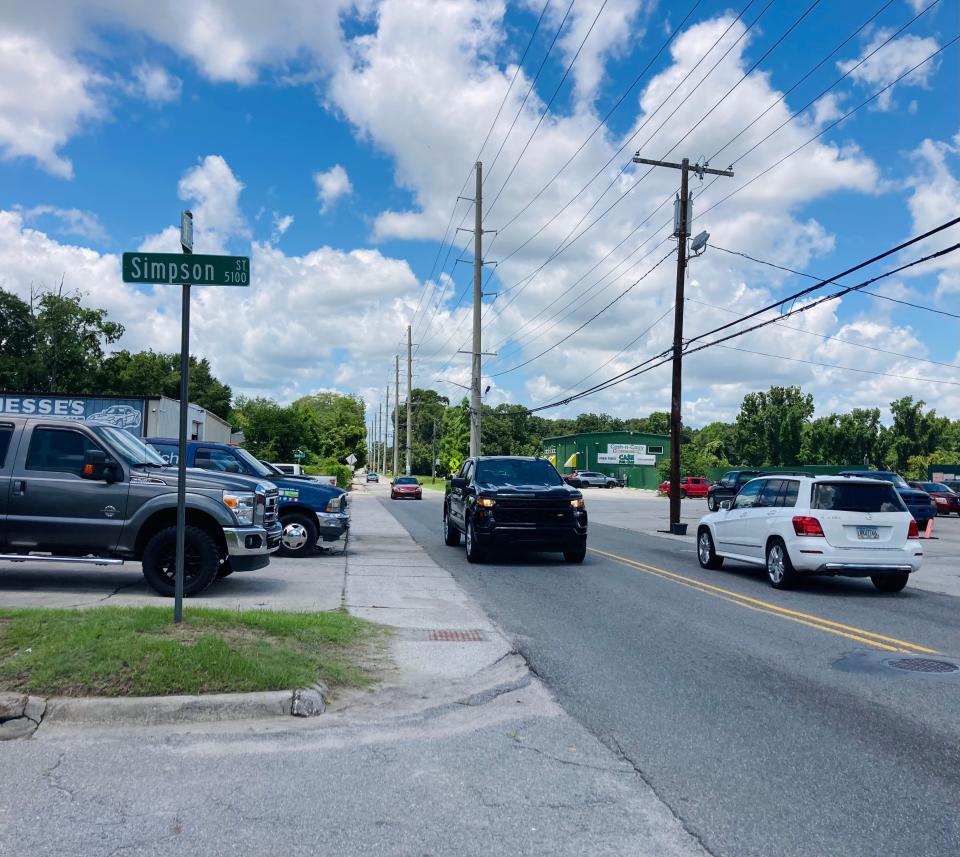
Opinion: Slow your roll? Traffic calming remains a challenge in Savannah and the region
If you’re familiar with Staley Avenue, then you know there’s no shoulder. There’s no bike lane. And there’s no space for a passing car. When I rolled onto the roadway, it was after 9 a.m. and rife with backed-up traffic. I biked as far as revered auto parts yard, Cash-N-Carry, when I was forced to reconsider the route.
Stopped in front of me were three cars and a heavily laden dump truck belching thick smoke. In front of them, a garbage truck and municipal workers were diligently doing their jobs collecting trash. With steady oncoming traffic and no passing lane, we were stuck on Staley Avenue until the city crew could finish clearing that stretch of road.
Uncertain of the route’s condition beyond Staley Avenue and not feeling particularly safe as the lone biker amidst a sea of paused cars and billowing emissions, I opted to turn around. I rode back to my parked car, packed the bike and drove to an elementary school tucked off of Highway 17 near the greenway.
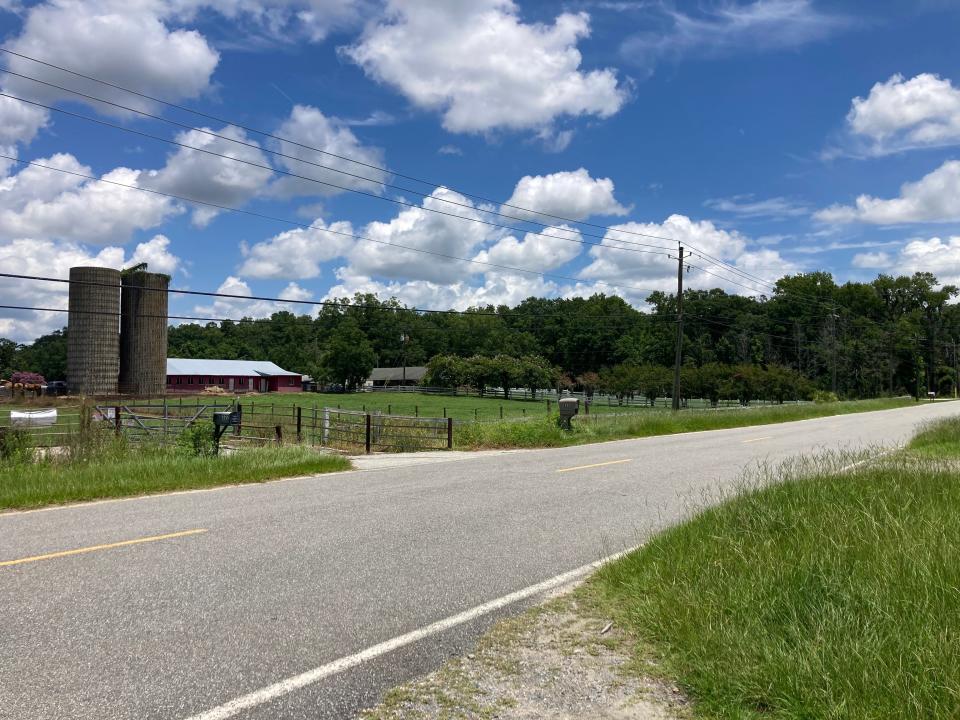
More: After TSPLOST's failure, local leaders continue working for safe streets
From there, I crossed onto Buckhalter Road. Here, the East Coast Greenway was most pleasant. Though lacking a bike lane or proper shoulder, Buckhalter was in significantly better repair than any of the Savannah surface streets I’d just ridden, and traffic here was nearly non-existent. In fact, I enjoyed the countryside so much that I biked back and forth twice from the school to Garrard Avenue. And in that six or so miles, a total of four cars passed me.
Bristol had also mentioned that parts of the Ogeechee Canal trail were about eight miles from the juncture of Buckhalter and Highway 17 but cautioned “you have to ride on the highway where the bike lane tends to disappear and reappear.”
I made my way to the fast-moving four lanes of Highway 17 where I ultimately lasted less than a mile before turning around once again, packing my bike, and this time driving to the canal trail on Little Neck Road.
Here’s the thing: After beloved Savannah artist and musician Maggie Evans was struck on her bicycle last year on Highway 80, I’ve been exceedingly cautious about riding in high traffic areas. Through incredible determination and hours of physical therapy, Evans triumphed and now continues to ride and race. But the increased odds of getting hit on a busy highway now truly terrifies me. And feeling the cars, tractor trailers and dump trucks whizz by at what seemed noticeably faster than the posted 45 MPH speed limit did not inspire faith or confidence and steeled me to the decision to turn back. Yes, I got off and walked the bike towards traffic and as deep into the shoulder as possible.
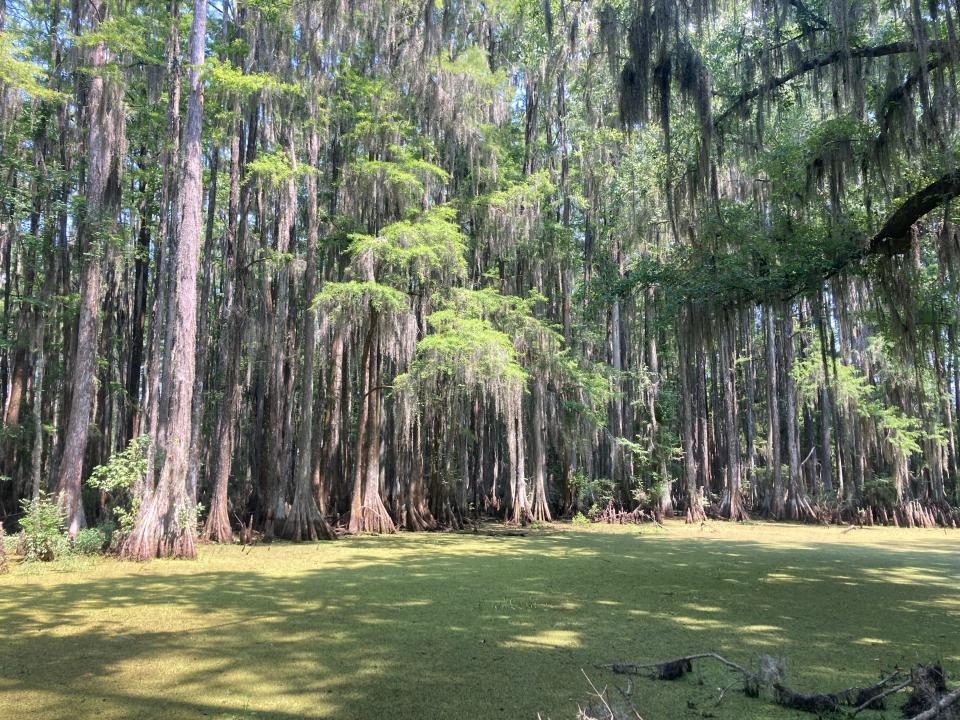
At the Ogeechee Canal trail a sprawling live oak provided shade for parking, and there I decided to walk. Because by now, it was after noon and 96 degrees, and the thought of pulling my bike out of the car again and re-assembling it, required far more than I had left to exert. Besides, walking, I got to see a young alligator, some ibis, a great blue heron, and a beautiful stand of thriving cypress trees.
Upon returning to my car after 40 minutes on the trail on top of nearly four hours biking, walking and driving, I was beat.
I checked in with Justin Bristol after the not so successful mission of biking the East Coast Greenway in Chatham County. I confessed I’d chickened out twice and that Highway 17 especially rolled up the holiest of horrors in my heart. And if Highway 17 is the only way to bike to Richmond Hill and visit Fort McCallister for the day, then that’s a hard pass and definite no from me.
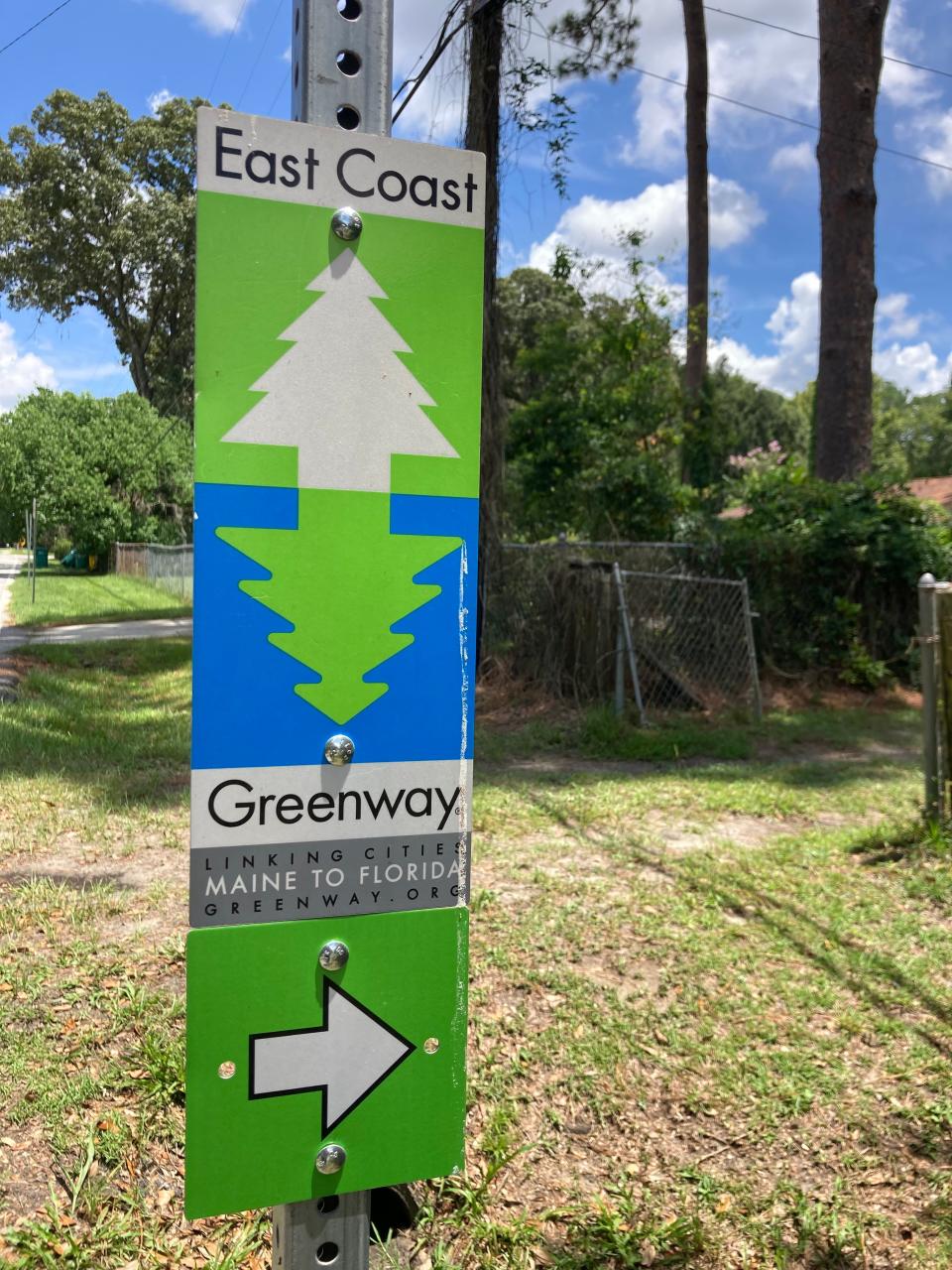
Justin listened with kindness, and offered these thoughts:
“If proper investment and forward-thinking people are in positions making decisions and looking at Highway 17 as this major corridor that can serve people, and not just cars, then it’s a really good way to move people on bikes recreationally and also professionally as a commuter route,” considered Bristol. “But it’s got to be more than a shoulder and a painted bike lane. The bike path on Highway 17 is a great idea that really needs more investment.”
That analysis also applies to Staley Avenue, and to be clear, Staley Avenue’s bike route designation is through East Coast Greenway, not the city of Savannah, and in my opinion that street in particular needs significant infrastructure investment before it can genuinely be considered a route safe for bikes. Or pedestrians.
That said, Justin assured me that as many as 50 riders meet up each Saturday morning at Perry Rubber Bike Shop for a 20 to 30-mile community ride following much of the route, including Staley and Buckhalter, that I’d just attempted. The implication is that tackling the route early in the morning on a Saturday with a large group of people is less stressful and more pleasant in terms of navigating vehicle traffic.
In the meantime, Georgia Bikes, Bike Walk Savannah, East Coast Greenway and the City of Savannah continue to collaborate to plan well-connected bike routes throughout the city. And hopefully, with that new revenue stream from increases to the hotel-motel tax, our Tide to Town Trail will be completed sooner than expected, connecting us all with safe rides from the southside to River Street and into Chatham County and beyond.
This article originally appeared on Savannah Morning News: Savannah Chatham County Ga East Coast Greenway bicycling safety

